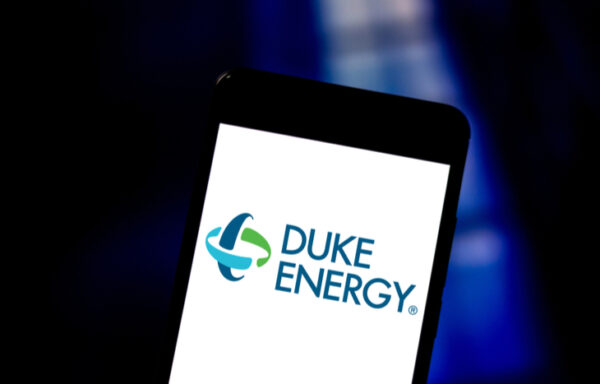How to Play Innovation in the Energy Sector
This afternoon, astronauts Douglas Hurley and Robert Behnken will get another chance to realize a four-year dream: piloting the first privately owned and crewed spaceship.
The Falcon 9, developed by Elon Musk’s SpaceX, is a testament to private companies’ commitment to snapping up the next great leap for mankind. (The Falcon 9 is scheduled for blastoff at 3:22 p.m. today, weather permitting.)
Musk is no stranger to fast-tracking tomorrow’s technology…
The entrepreneur has experimented with everything from renewable energy to networks that connect humans’ minds with machines.
However, innovation often comes at a price.
His company Tesla (Nasdaq: TSLA) is volatile, dropping $20 this week on news that prices for its Model 3, Model X and Model S would decrease.
For investors who rely on tried-and-true income generators to fund their retirements, joining the race for innovation seems a little too risky…
Or is it?
The truth is, income investors can benefit from new advances in technology without the volatility that accompanies novel ideas like Musk’s.
In fact, in the energy sector, this kind of unique play can help investors diversify and profit even during oil price collapses, like we’ve seen recently.
Two weeks ago, I wrote about the value of master limited partnerships (MLPs) as an energy investment.
Because MLPs’ performance is less correlated to crude prices, they showed less volatility than Big Oil during its downturn in 2014.
They also have stronger balance sheets today than many companies that are directly tied to crude.
But for investors who are interested in energy innovation, it’s possible to stay away from depressed oil prices altogether…
The best part? You’ll still earn the reliable distributions.
Refuel Your Income With a Unique Source
Yieldcos are similar to MLPs in that they operate on long-term (15- to 30-year) contracts and can profit independently of the underlying commodity, which is often renewable energy.
Similar to how an MLP pipeline operator might hold Big Oil companies as clients, a yieldco will purchase and operate power plants from wind or solar energy companies.
This provides investors who seek high yields but value security with an opportunity to earn long-term, steady income.
Renewables are not eligible to structure as MLPs according to the federal tax code. Still, investors can think of the structure as parallel.
Even if you’re not a renewable energy advocate, yieldcos’ impressive performance compared with the broader energy sector might just have you seeing green…
Since the mutual low hit in 2016, yieldcos have returned more than 36%. Big Oil, on the other hand, as represented by the Energy Select Sector SPDR ETF (NYSE: XLE), is down 28%.
The trend over the past two years is even more dramatic.

What’s more, because yieldcos are structured like MLPs, their distributions are often considered return of capital – which means they often share MLPs’ tax advantages.
It works like this…
Often, yieldcos earn tax credits for their projects that make their returns shielded from taxes for a number of years. Instead, investors are able to deduct dividends from their cost basis.
So if you bought a yieldco for $50 and received $2 in dividends, your cost basis would become $48. You would be taxed at the long-term capital gains rate instead of your income tax rate.
Tax-savvy investors will be happy to know that in spite of this, yieldcos don’t usually generate unrelated business taxable income (UBTI), which costs some MLP investors come tax season.
Yieldcos also show greater potential for future growth. Chief Income Strategist Marc Lichtenfeld puts it this way:
From an investment standpoint, it doesn’t matter if you think renewable energy is going to save the planet, if it’s something to make tree-hugging, organic-granola-crunching and Birkenstock-wearing hippies feel better, or anything in between.
Green energy is growing quickly.
In an energy sector where oil prices have hit rock bottom, growth is a unique and bullish signal.
According to Bloomberg, wind and solar power are 49% and 85% less expensive to provide than they were just 10 years ago, respectively.
And the market has taken notice…
By the end of this year, renewables will make up 38% of global energy. In 10 years, that number is expected to climb to 55%.
Regardless of how you feel about renewable energy, yieldcos provide reliable and tax-efficient income, are discounted as a result of the COVID-19 market crash, and show growth potential going forward.
This makes them a slam dunk for innovation junkies and long-term investors alike.
So if – unlike the brave astronauts who are rocketing out of this world today – you’re an investor who’s not a fan of strong G-forces, take note…
Opportunities like this to securely invest in the future are one of a kind.
[adzerk-get-ad zone="245143" size="4"]




